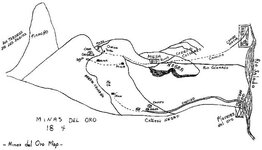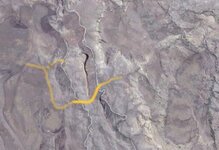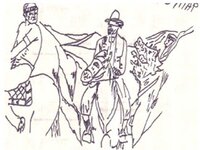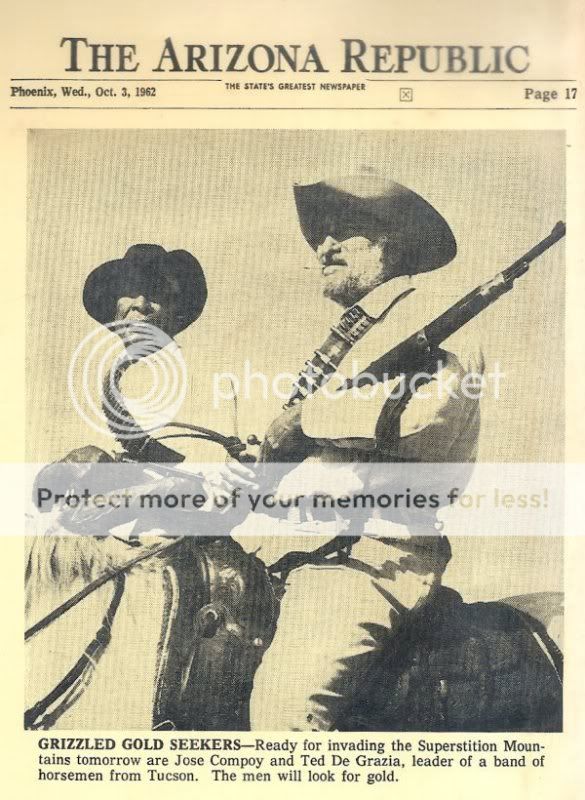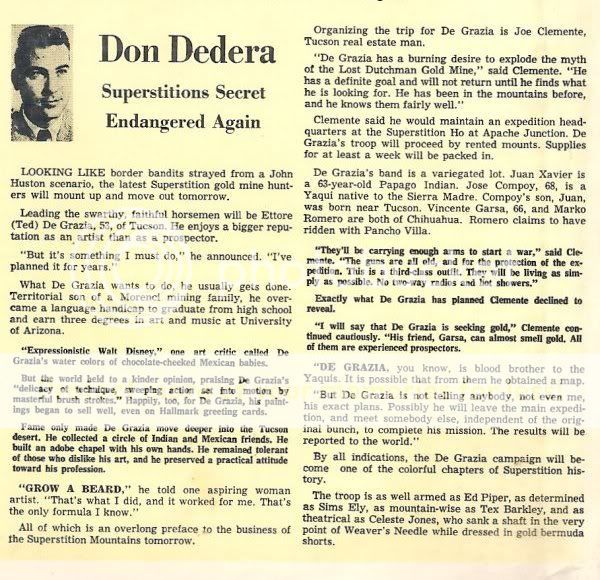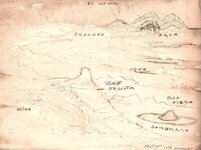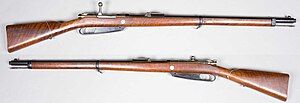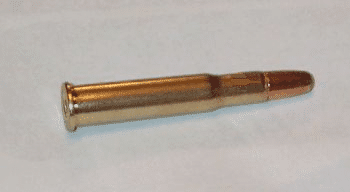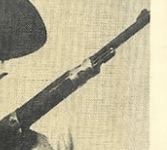EE THr
Silver Member
- Thread starter
- #241
As a P.S. to my previous post---
There was also another written clue which was going up a large canyon on the south end of the Supers, then down past Weaver's Needle, and Northward until you entered a canyon full of boulders. Then continuing Northward until the intersection of another creek/canyon and turning back Southward.
I do remember that it specifically used the phrase, at that point, to go up "the first drainage on the left."
I have since tried to Google that phrase, but have not been able to find it again. It was a couple years ago that I read it.

There was also another written clue which was going up a large canyon on the south end of the Supers, then down past Weaver's Needle, and Northward until you entered a canyon full of boulders. Then continuing Northward until the intersection of another creek/canyon and turning back Southward.
I do remember that it specifically used the phrase, at that point, to go up "the first drainage on the left."
I have since tried to Google that phrase, but have not been able to find it again. It was a couple years ago that I read it.



